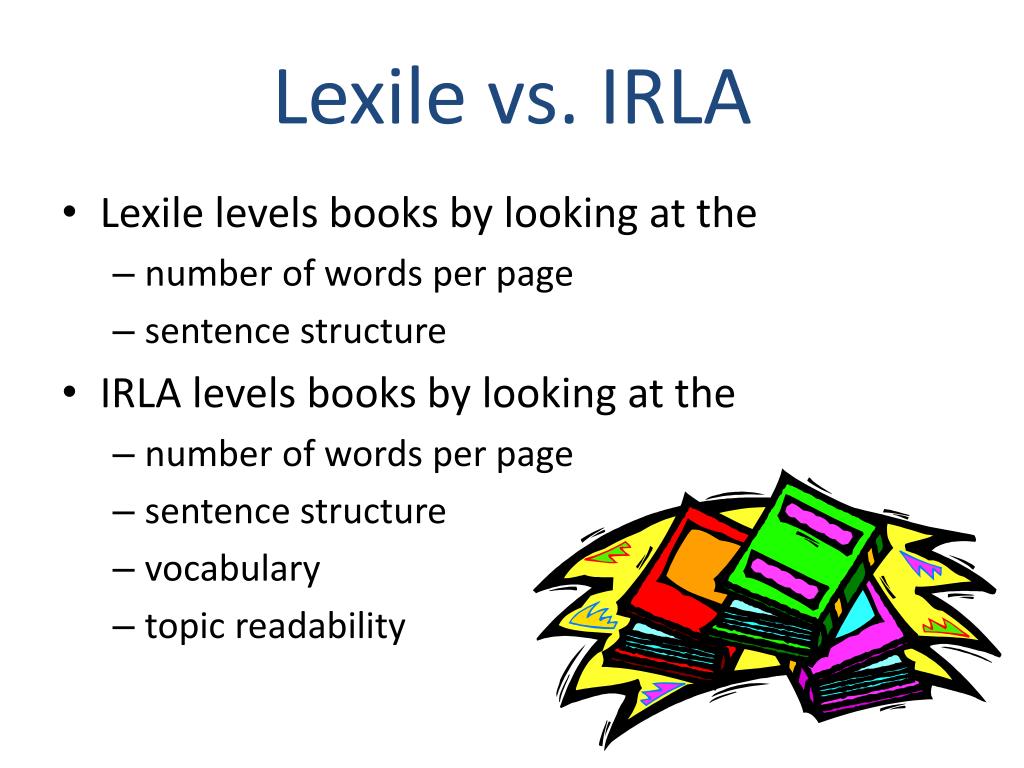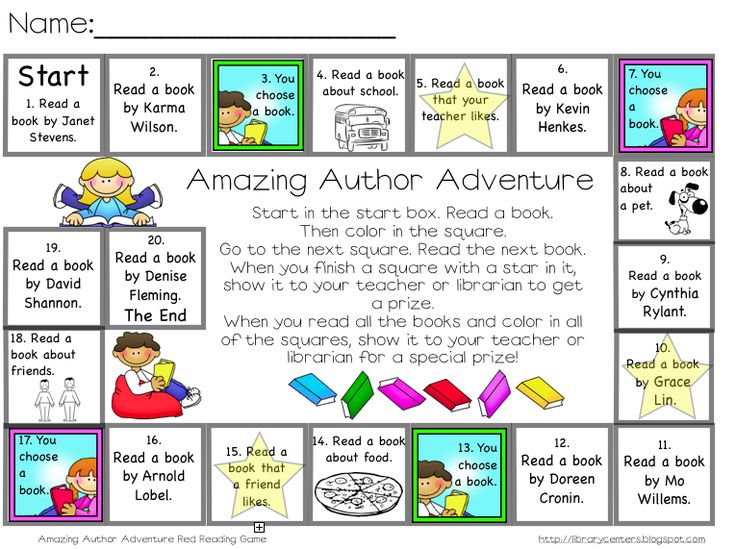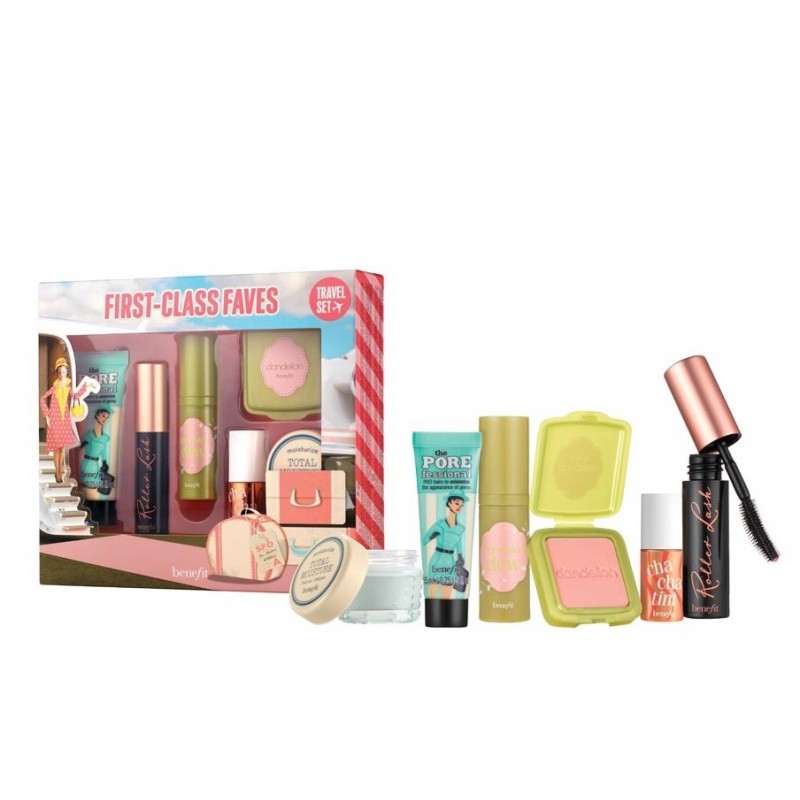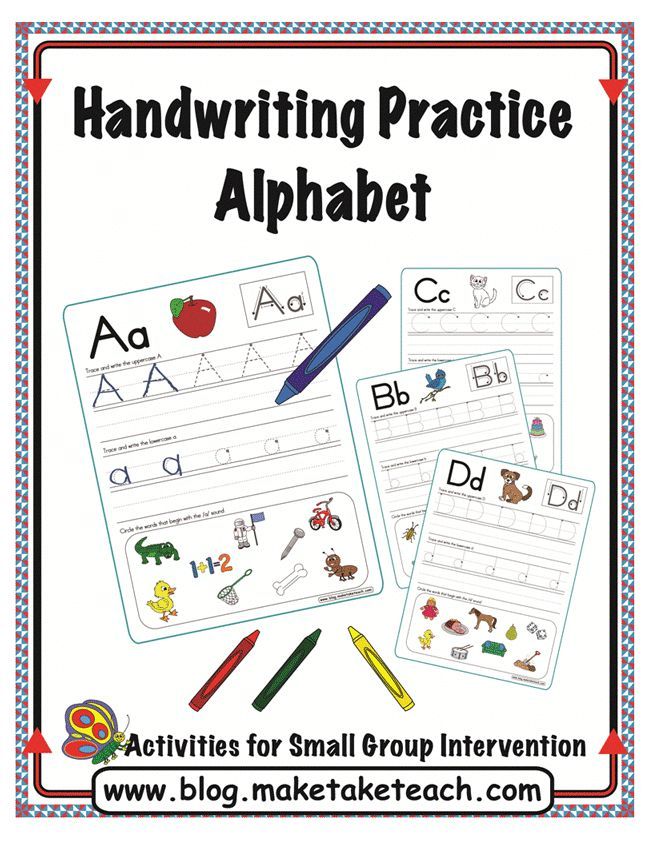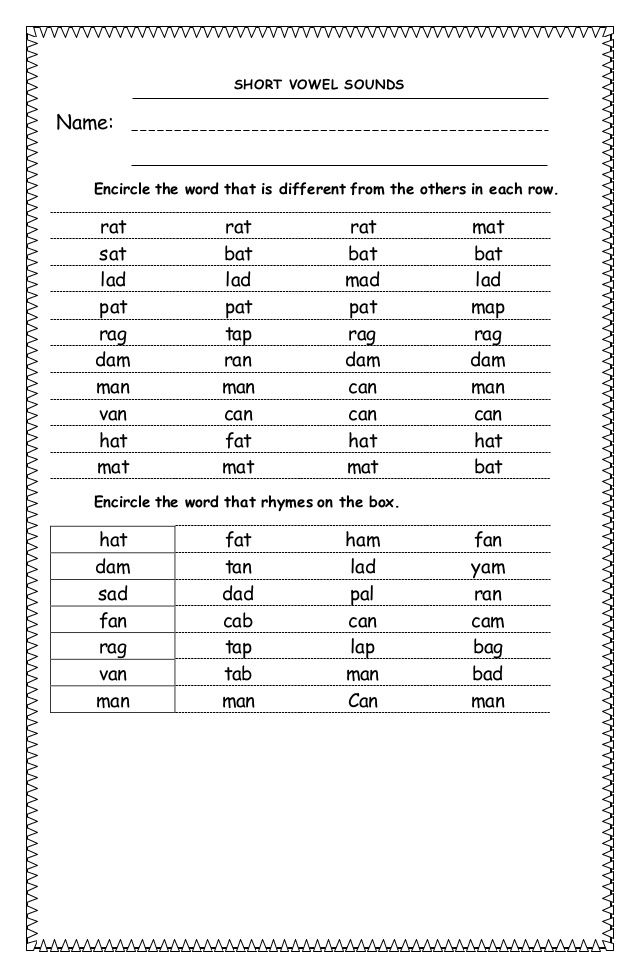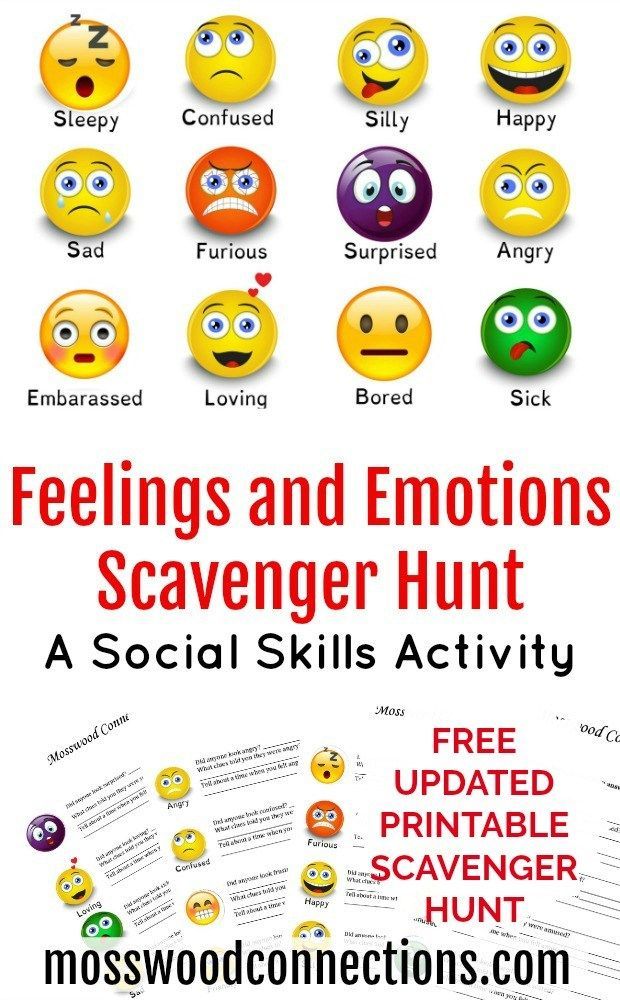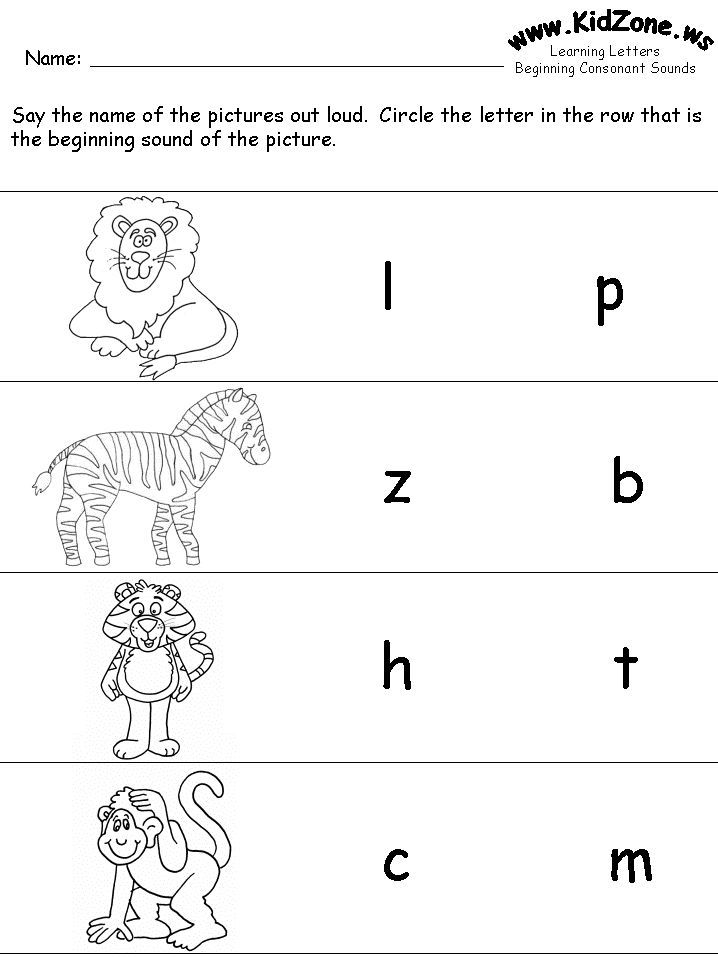Know rhyming words
236 best rhymes for 'knows'
1 syllable
- Those
- Froze
- Hoes
- Goes
- Close
- Doe's
- Grows
- Flows
- Shows
- Chose
- Bro's
- Toes
- Rose
- Blows
- Foes
- Pose
- Throws
- Lo's
- Most
- Both
- Dose
- Woes
- Pros
- O's
- Crows
- Los
- Glows
- Bows
- Drove
- Growth
- Slows
- Snows
- Joes
- Dove
- Gross
- So's
- Cose
- Mose
2 syllables
- Expose
- Shadows
- Windows
- Suppose
- Follows
- Sorrows
- Oppose
- Compose
- Heroes
- Photos
- Egos
- Arrows
- Dispose
- Rainbows
- Echoes
- Hollows
- Pillows
- Kilos
- Swallows
- Arose
- Propose
- Pesos
- Cosmo's
- Zero's
- Zeros
- Ghettos
- Impose
- Tacos
- Elbows
- Fellows
- Halos
- Bozos
- Gallows
- Nachos
- Weirdos
- Dildos
- Widows
- Polo's
- Rhinos
- Logos
- Meadows
- Hallows
- Disclose
- Condos
- Broncos
- Euros
- Pharaohs
- Dubose
- Demos
- Repose
- Bellows
- Negroes
- Autos
- Vamos
- Enclose
- Bongos
- Gringos
- Unos
- Torsos
- Marco's
- Intros
- Tempos
- Promos
- Limos
- Hippos
- Gyros
- Foreclose
- Cargos
- Billows
- Scarecrows
- Ninos
- Montrose
- Fritos
- Willows
- Memos
- Manos
- Solos
- Bulldoze
- Mottos
- Boroughs
- Ambrose
- Yellows
- Burrows
- Hydro's
- Ponchos
- Wackos
- Silos
- Rio's
- Primo's
- Kinko's
- Depose
- Geckos
- Burroughs
- Stamos
- Sparrows
- Bestows
- Bio's
- Plato's
- Chico's
- Volvos
- Crossbows
- Volvo's
- Micros
- Gaydos
- Dodos
- Metro's
- Tarots
- Expos
- Depots
- Tussaud's
- Fallows
- Frescoes
- Transpose
- Campos
- Borrows
- Gizmos
- Biros
- Minnows
- Argo's
- Pharos
- Cashflows
- Paso's
- Airflows
- Barrows
- Rico's
- Bureaus
- Cocos
- Discos
- Franco's
- Repos
- Hohos
3 syllables
- Overdose
- Videos
- Potatoes
- Decompose
- Tomorrows
- Amigos
- Dominoes
- Dominos
- Studios
- Volcanoes
- Doritos
- Casinos
- Tomatoes
- Marshmallows
- Radios
- Stereos
- Tornadoes
- Overflows
- Stilettos
- Mosquitos
- Juxtapose
- Pantyhose
- Pianos
- Tornados
- Eskimos
- Ufos
- Foreshadows
- Ratios
- Cameos
- Nintendo's
- Torpedoes
- Tuxedos
- Flamingos
- Sopranos
- Embryos
- Marlboros
- Carlito's
- Barrios
- Rodeos
- Torpedos
- Undergoes
- Tomatos
- Fiascos
- Commandos
- Mario's
- Mementos
- Apollo's
- Curios
- Angelos
- Falsettos
- Presuppose
- Interpose
4 syllables
- Scenarios
- Superheroes
- Innuendos
- Jalapenos
- Filipinos
- Armadillos
- Metamorphose
- Overshadows
- Mexicanos
- Portfolios
- Desperadoes
- Pistachios
- Superimpose
- Galapagos
5 syllables
- Aficionados
Want to find rhymes for another word? Try our amazing rhyming dictionary.
If you write lyrics you should definitely check out RapPad. It has tons of useful features for songwriters, lyricists, and rappers.
Words That Rhyme With "Know"
Rhymes | Synonyms
include near rhymes
Filter Resultsshow rare words
show proper nouns
show consonances
All|Nouns|Verbs|Adjectives|Adverbs
1 syllable:
beau, beaux, blow, boe, bro, Cloe, clow, co, coe, Cro, crow, doe, doh, dough, eau, Flo, floe, flow, fo, foe, fro, froe, frow, gau, glow, go, Gogh, grow, ho, hoe, jeu, jeux, jo, joe, lo, loe, Loewe, low, lowe, Luo, mo, moe, mot, mow, Ngo, no, oh, owe, Pau, po, Poe, poh, pro, quo, rho, roe, row, Rowe, schmo, sew, shmo, show, sloe, slow, snow, so, soh, sow, stow, Stowe, strow, tho, though, throe, throw, toe, tow, trow, whoa, woe, yo
2 syllables:
aglow, agneaux, ago, alow, although, bandeau, barbeau, bateau, batteau, Belleau, below, beshow, bestow, bestrow, bio, Bordeaux, Carnot, chapeau, Charcot, chateau, chateaux, cheneau, ciseaux, Cocteau, Corot, coteau, Cousteau, Davao, Defoe, devault, Devaux, Deveau, dunno, embow, escrow, forego, foreknow, foreshow, forgo, Foucault, gateau, genro, Giraud, Guizot, hallo, handsew, hello, hullo, inlow, jabot, kayo, Kuangchou, Kwangchow, lalo, Lanchow, maillot, Malraux, manteau, Marceau, Milhaud, Miro, misknow, Monroe, morceau, Moreau, Munro, nouveau, oho, outgrow, outrow, outthrow, Pernod, plateau, Rameau, regrow, rideau, Rimbaud, rinceau, rondeau, rouleau, Rousseau, soco, tableau, tableaux, tarot, Thoreau, tonneau, torteau, Trudeau, Truffaut, trumeau, upthrow, Watteau
3 syllables:
apropos, Baguio, bordereau, chalumeau, Clemenceau, curacoa, escargot, Gaboriau, gaspereau, kakapo, misbestow, overblow, overcrow, overflow, overgrow, taekwondo, tallyho, touraco, undergo
4 syllables:
malapropos
Rhyme selection for the word
Rifma-rifma.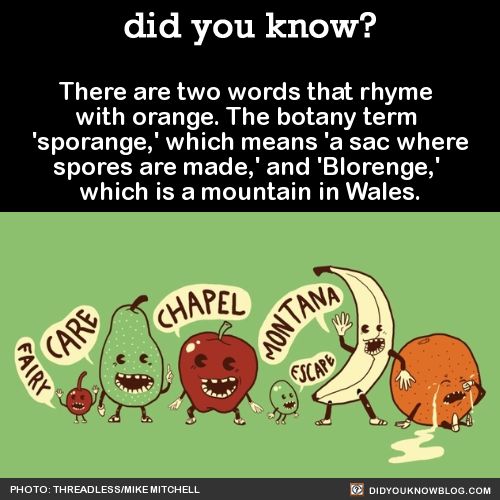 ru is a large free dictionary of Russian rhymes.
ru is a large free dictionary of Russian rhymes.
Find out rhymes for a word by letter:
BUT B AT G D E Yo AND Z And Y To L M H O P R FROM T At F X C H W SCH S E YU I
Rhymes in syllabo-tonic versification
It is widely believed that creating a poem is easy: just choose rhymes. This is one of the most ignorant misconceptions, since the poet's toolkit consists not only of rhyme, but of poetic meter, sound writing, figures of speech and tropes, not to mention the methods of constructing the plot of a poem and other syntactic phenomena (for example, caesura).
You should immediately pay attention: rhyme, as well as the size, is not an obligatory element of a poetic text, which is exemplified by blank verses and free verse. Nevertheless, it is especially characteristic for Russian folklore, where it has been used and is used to this day in the form, as a rule, of verbal consonances: came - found. It was the folklore origin of the Russian-language rhyme that determined its further distribution in the poetic work of our compatriots.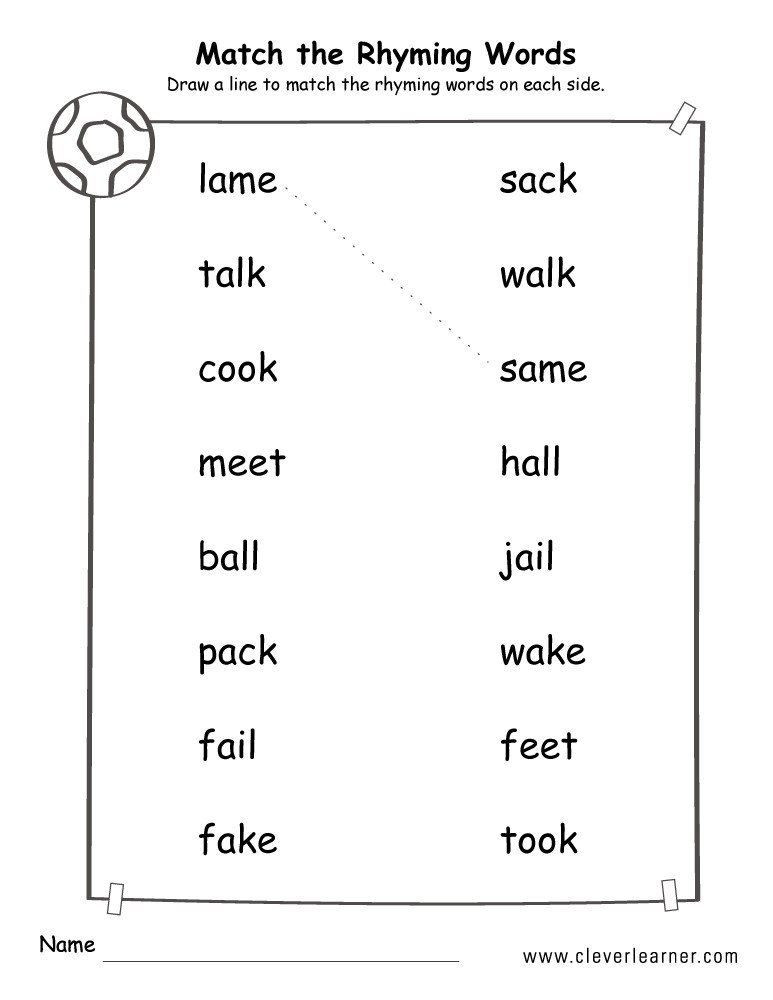
It should also be noted that rhyme is inherent primarily in poetic works, which include even rhymed advertising slogans and texts of such popular rap artists. Now it is precisely in poetry that it has become fixed almost as an inevitable element of verse. Previously, consonances were used even in political and scientific tracts - to bring enthusiasm to the style and highlight especially important parts of the text.
What is called rhyme
Rhyme is used to denote consonance in words; usually at the end of a word. A classic example of rhyme, which is common in the minds of ordinary people, is a clause - the last stressed syllable in a line, followed by all unstressed syllables and consonants. For example: customize - bark ; here the stress in both words falls on the penultimate syllable, so the rhyme will be in clause -yaem - -ayem.
So, rhyme is consonance. But does it have to be at the end of a verse (a verse, roughly speaking, is one line of a poem)? And can a pair of mute - yoke and (Brodsky) be considered a rhyme? It will be possible to talk about this after delving into the nature of consonance, but first you need to familiarize yourself with its basics.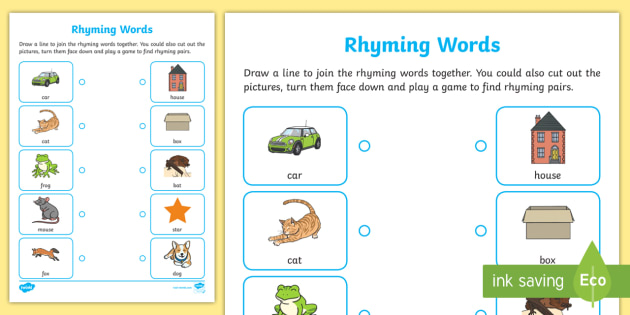
Basic types of rhyme
The principal classification of clauses in versification is based on the place where they are stressed:
- Male rhyme. The emphasis falls on the very last syllable in the verse: socks - sands.
- Feminine rhyme. The emphasis is placed on the penultimate syllable of the clause: important - twice . In the 18th century, when Russian versification was born and underwent rapid development, it was believed that it was female rhyme that could express all the beauty of the Russian language. Already 19The th century completely refuted this assertion, and the modernists left no basis for it at all.
- Dactylic rhyme. Here, the intonational accent is on the third syllable from the end of the clause: cash - excellent for them (this is a compound clause - a complicated version of an ordinary one; more on that below).
- Hyperdactylic.
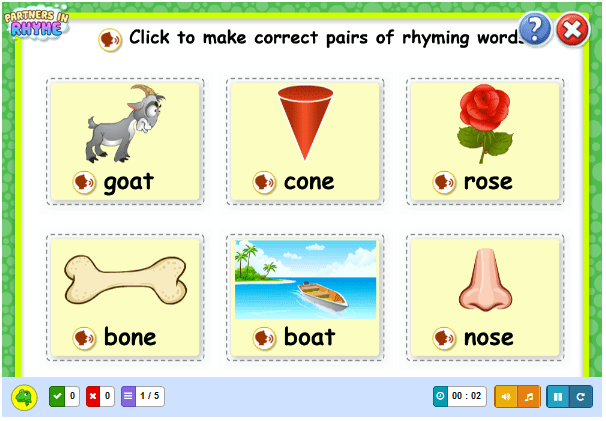 The stress, respectively, falls on the fourth syllable from the end. This clause is very rarely used in poetry, since such words are not only difficult for the author to choose for the poem, but also difficult for the reader to pronounce. They are presented in a relatively large number in the poetry of V. Bryusov. An example, albeit a banal one: slingers - riveters.
The stress, respectively, falls on the fourth syllable from the end. This clause is very rarely used in poetry, since such words are not only difficult for the author to choose for the poem, but also difficult for the reader to pronounce. They are presented in a relatively large number in the poetry of V. Bryusov. An example, albeit a banal one: slingers - riveters.
In the Russian system of versification, stress can be placed up to the ninth syllable from the end of a word. Such rhymes are not used anywhere, but the term for them still exists - superhyperdactylic clauses - this is how it is customary to call all types of rhymes that come after hyperdactylic ones.
The sound and feeling of rhyme
Since rhyme is primarily a musical phenomenon, it should be perceived only by ear. It is for this reason that a great poet has a good ear. This is already a somewhat in-depth understanding of consonance: so what is the difference between the above-described pair mute - yoke and from, say, a pair of snow - bliss ?
There is also a separate classification for the sound characteristics of rhyme. It is important to note that each example of consonance is incredibly individual. Words are difficult to categorize, and there can be quite a lot of controversial points when analyzing the sound of a rhyme in a certain poem.
It is important to note that each example of consonance is incredibly individual. Words are difficult to categorize, and there can be quite a lot of controversial points when analyzing the sound of a rhyme in a certain poem.
- Rich clause. Not only the stressed syllable matches, but also the syllables after and/or before it. The role of even consonant sounds is important here (namely, sounds, not letters, since the latter do not sound at all, but the first ones are perceived by ear): line - verst ; in this example, the sounds of the second word are diluted with the consonant "s", which is why this consonance can be called rich only due to the coincidence of both syllables. This group includes the second presented pair: snow - bliss.
- Poor clause. This group is characterized by the coincidence of only the stressed syllable. This includes the first pair: mute - yoke and , since only the stressed syllable matches, and the syllables before and after it are expressed by different sounds.
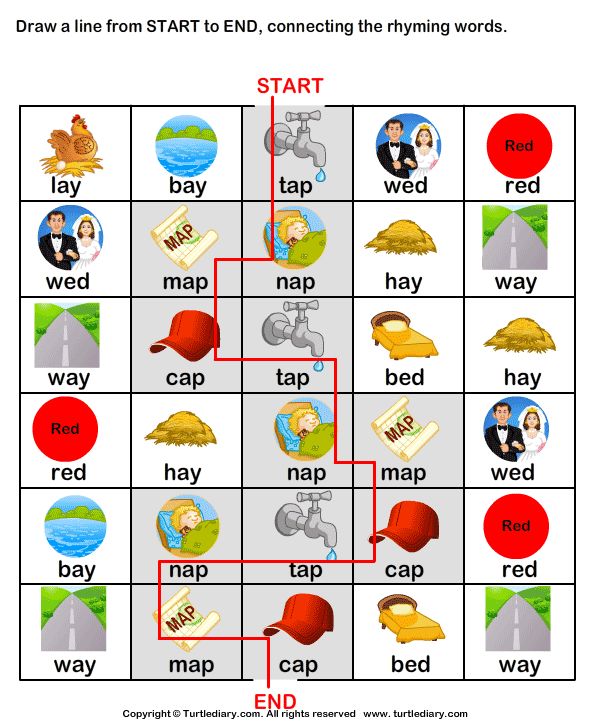 These clauses significantly increase the space for the author's stylistic and plot maneuvers, since such rhymes can be picked up much more than rich ones. Another plus of this group of consonances is the originality of the sound of a well-chosen inaccurate rhyme, which is fresh for the ears of even a sophisticated reader and critic: aiming - Venezuela e (Mayakovsky).
These clauses significantly increase the space for the author's stylistic and plot maneuvers, since such rhymes can be picked up much more than rich ones. Another plus of this group of consonances is the originality of the sound of a well-chosen inaccurate rhyme, which is fresh for the ears of even a sophisticated reader and critic: aiming - Venezuela e (Mayakovsky). - Exact consonance. A common type of sound in the 19th century. Rhymes with exact consonance should be as similar as possible to each other both in stressed syllables and in supporting ones. Most of the rich clauses are immediate and precise. Example: dollars - walked.
- Inaccurate consonance . This category of consonances began to supplant the exact rhymes that were the standard of versification of the 19th century, in the era of modernism in literature - in the 20th century. This group of clauses is especially vividly represented in the works of V.
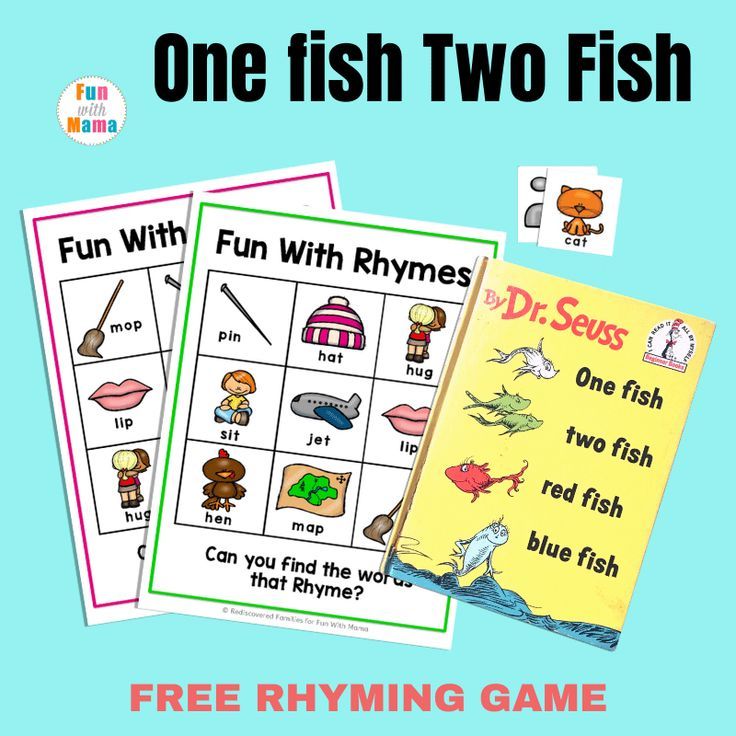 Mayakovsky (with his favorite compound rhymes): paper I am magic, the wick flies, the tariff is rhyme . With poor pronunciation or not very sensitive hearing, these consonances may not be noticed at all, but if the author skillfully uses inaccurate rhymes, then his poetry will be enriched with unusual sounds.
Mayakovsky (with his favorite compound rhymes): paper I am magic, the wick flies, the tariff is rhyme . With poor pronunciation or not very sensitive hearing, these consonances may not be noticed at all, but if the author skillfully uses inaccurate rhymes, then his poetry will be enriched with unusual sounds.
Clausal scheme and rhymes in solid forms
Surely every reader remembers at least some quatrains from the school literature curriculum. But far fewer of them know that the quatrain is a classic solid poetic form - a quatrain:
Staring deeply at the stone,
The artist saw the nymph in him,
And a flame ran through the veins,
And his heart flew to her.
(Baratynsky)
The clause scheme - which line rhymes with which - in the quatrain can be presented in three variations, which became the most common arrangement of consonances in the world poetry of the 19th-20th century.
- Cross rhyming.
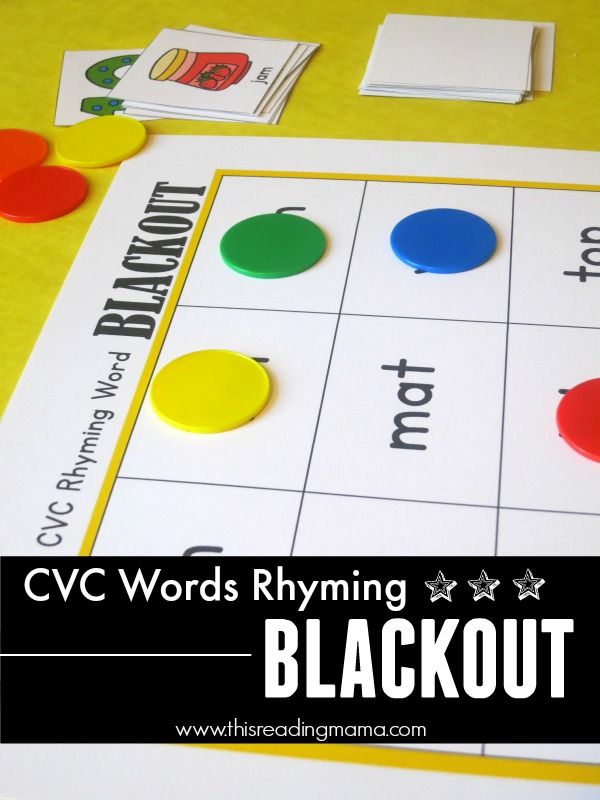 Scheme: abab (the same letters denote the same clause): stone - sight - flame - flew . This type of arrangement of clauses can be called the most popular among both beginner poets (because of the ease of compilation) and venerable authors (because of their adherence to classical forms).
Scheme: abab (the same letters denote the same clause): stone - sight - flame - flew . This type of arrangement of clauses can be called the most popular among both beginner poets (because of the ease of compilation) and venerable authors (because of their adherence to classical forms). - Paired rhyming. Schematic: aabb: stone - flame - sight - flew. The rarest type of arrangement of clauses from all three presented, since there is no distance between verses where one or more rhymes can be inserted. But for long verses (lines) this is the most suitable scheme.
- Encircling rhyme . Scheme: abba: stone - sighted - flew - flame . This scheme requires the author to already have a certain level of skill and a good ear, since the first rhyme can be lost after two lines with a different clause, so the poet needs to say it out loud several times.
The Onegin stanza, also known to everyone from school, is also a solid poetic form.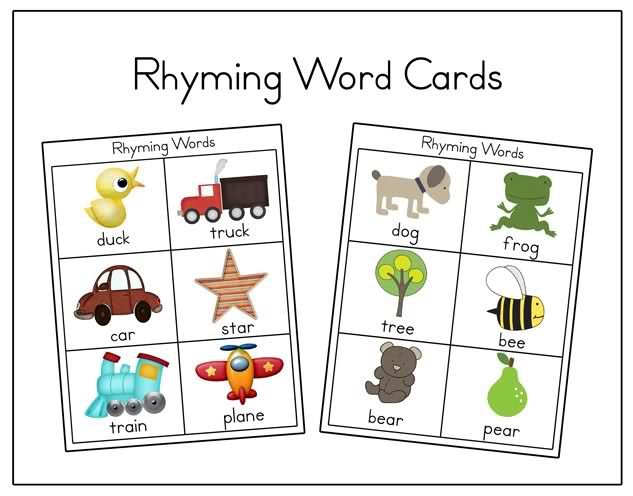 The solidity of the form lies in the fact that it has its own clausal scheme, and sometimes even requires the use of a certain meter (as with a classic Italian sonnet or Alexandrian verse). The Onegin stanza is subjected by the author to a strict arrangement of clauses, the scheme of which is as follows (It is customary to denote female rhymes in capital letters, male rhymes in lower case): AbAb CCdd EffE gg.
The solidity of the form lies in the fact that it has its own clausal scheme, and sometimes even requires the use of a certain meter (as with a classic Italian sonnet or Alexandrian verse). The Onegin stanza is subjected by the author to a strict arrangement of clauses, the scheme of which is as follows (It is customary to denote female rhymes in capital letters, male rhymes in lower case): AbAb CCdd EffE gg.
The poet, based on his experience, level of language proficiency and stylistic devices, poetic meters, tropes and figures of speech, can vary several types of rhymes even within the same work, without being limited within a certain fixed meter, and even come up with his own.
Some other types of rhyme
Having accumulated both theoretical and practical knowledge about the main types of clauses and how to place them in a poem, the poet can improve his knowledge of poetic language by starting to use the types of consonance described below.
- Compound rhymes.
 Such a favorite type of consonance by Vladimir Mayakovsky is deservedly considered one of the most original ways of rhyming, since it combines different parts of speech: for example, a particle and an adverb: molasses - again (Brodsky).
Such a favorite type of consonance by Vladimir Mayakovsky is deservedly considered one of the most original ways of rhyming, since it combines different parts of speech: for example, a particle and an adverb: molasses - again (Brodsky). - Homonymous rhymes . For clauses, homonyms are used here - words with different meanings, but the same in pronunciation and spelling. Example: (in the ears) rock - (in fate) rock.
- Punning rhyme. The same, but instead of homonyms - puns. Example: the girls went to the garden at night, / As if de Sade wrote from them.
- Internal rhyme. This is already a radically new type of consonance, since it is not a clause - it does not complete the line, but is located approximately in its middle. It is important that with such an arrangement of consonance, the size is correctly built, otherwise the poem can simply be broken at the place of internal rhyme into one more line.
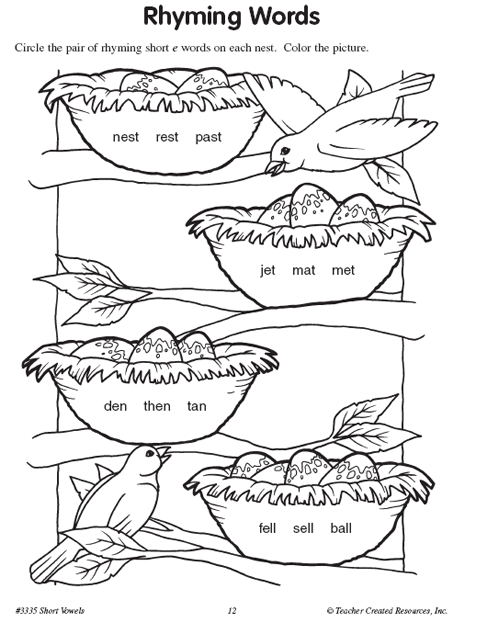 Example: over you, over a small river, / Over water, whose way is far... (Tvardovsky) In the example, the word "you" rhymes with "water".
Example: over you, over a small river, / Over water, whose way is far... (Tvardovsky) In the example, the word "you" rhymes with "water". - Double internal rhyme. In this variation of the above-described consonance, words in one line rhyme, and the clauses connecting different lines may be absent altogether, as in free verse or blank verse. For example: The last time you are at your table, the last time you returned to the house, / The last time the wife carries the cake, 9 is reflected across the glass0020 (Eugene Rein). In this example, there is no clause as such. But in these lines (also Yevgeny Rein) both the internal rhyme and the clause are already present: Under the dome the Savior in sandals and his robe curls, / The Savior who fed his contrite children.
- Echo rhyme . The line repeats some part of the clause of the line with which it rhymes, thereby creating an echo effect. For example: Hold on, Detroit of the world! / …Oh, you! (A.
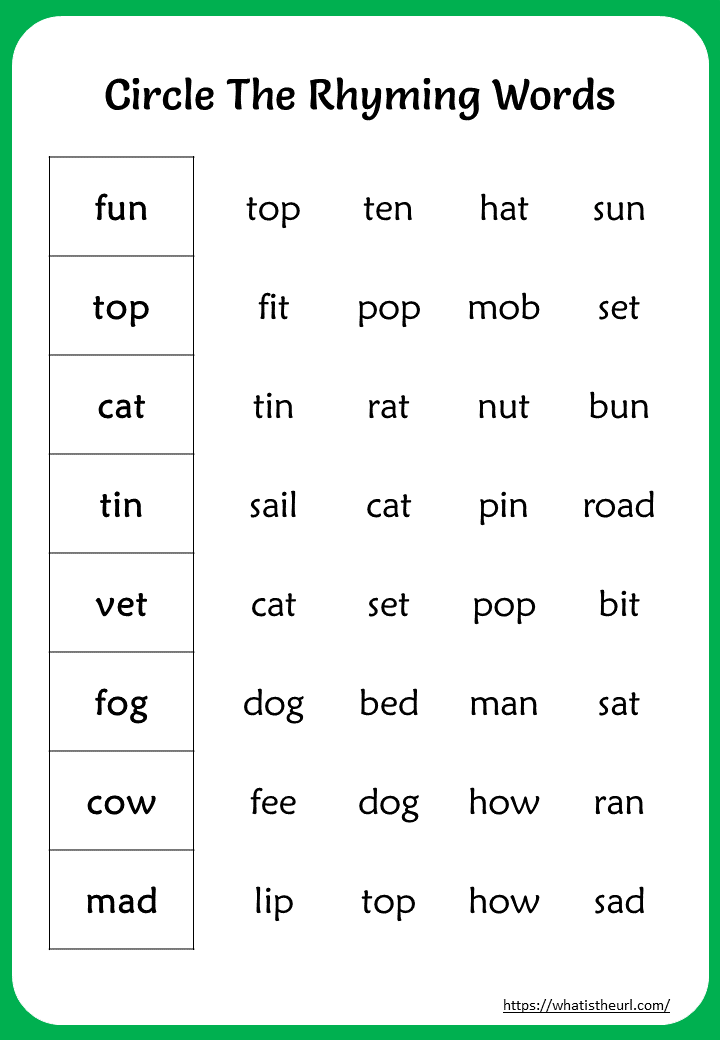 Bezymensky).
Bezymensky). - Pantorhyme . One of the most spectacular types of consonance, in which not the final parts of the verse (clauses) rhyme, but any number of words between (and within) two or more lines. In other words, with such consonance, the lines contain both internal and clause rhymes, which can be arranged in an absolutely non-standardized order. This rhyme is an element of combinatorial poetics and modernist trends in creativity, therefore, examples of pantorhyme cannot be found in classical works. However, it has become especially popular among rap artists, where you can find good examples: popped in for a visit, as to the south, but got stuck. / Let's keep quiet, since the language is volapuk, newspeak. (Volapyuk - rubbish; Newspeak - the official language of the ruling party in Orwell's novel "1984").
Tips for choosing rhymes
- It's better to avoid using verbs in clauses. Although Pushkin himself in "The House in Kolomna" went against this rule - he, however, is excusable, but the work of a novice author with verbal consonances can be considered bad taste.

- Experiments with inaccurate, poor, composite, internal and pantorhythms are best begun after at least some sufficient experience in the use of classical forms, sizes and clauses has been obtained.
- For the correct selection of rhymes, the poet needs to say everything written aloud - not necessarily in public. If the clauses sound separately, but not in the line, then you can try to change the number of stops in the size, or even the entire size
Success in your work!
Not just a collection of words: how rap works
In 2019, rap became the main music in Russia. Rappers collect stadiums, become glossy heroes, participate in Blue Light on Channel One, speak at rallies and annoy almost everyone. Bookmate Journal tried to figure out how this genre works and what millions of people find in it.
Topic
Whether the rapper is talking about his life, writing a story from the perspective of a fictional character, or talking about a social issue, the variety of topics covered in rap tends to infinity.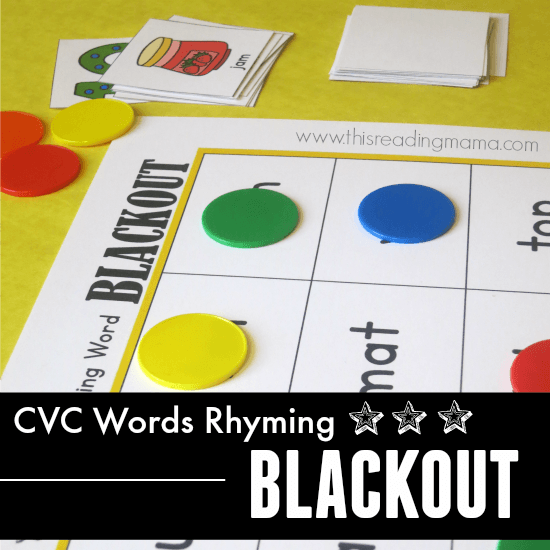 There are many different pieces of glass inside the rap kaleidoscope: these are noir action films from 90's of the Krovostok group, and Scryptonite's autobiographical stories about childhood in Kazakhstan, Noize MC's sharply social statements, and ironic and humorous stories from Bird Em.
There are many different pieces of glass inside the rap kaleidoscope: these are noir action films from 90's of the Krovostok group, and Scryptonite's autobiographical stories about childhood in Kazakhstan, Noize MC's sharply social statements, and ironic and humorous stories from Bird Em.
Flow
Flow (eng. flow, "flow") - presentation, the very manner of performing rap, the style of reading. This is an alloy of the intonational component (voice, semantic stresses, pauses) and the musical component (rhythm, tempo).
The flow of each rapper is unique, and it can also change from track to track: the more diverse and multifaceted the flow, the more interesting it is to listen to the artist. Compare the GONE.Fludd flow in Mumble and Boys Don't Cry. In the first case, it is swift and even aggressive, in the second, it is more melodic and relaxed.
Some rappers make their flow mathematically precise, thought out to the smallest detail. To achieve this, flow charts are drawn up, in which they mark where to take a break, slow down or, conversely, speed up.
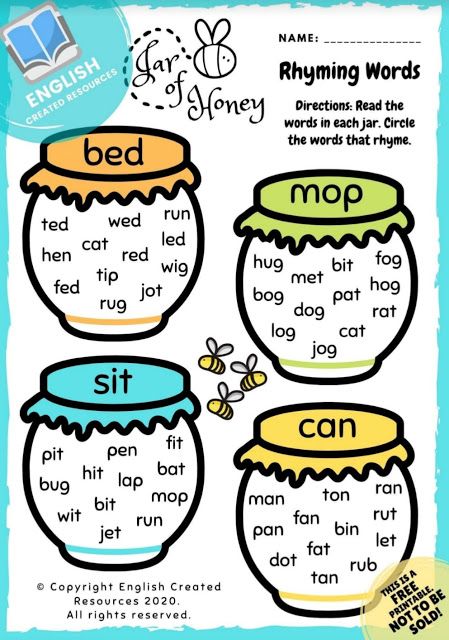
It is important to understand that the quality of the flow does not depend on the speed of reading, but if the artist can read quickly without compromising the perception of the text, this can become an additional means of expression.
Increasing the speed of reading FACE in the middle of the first verse becomes an important semantic accent:
Rhymes
Rhymes are the backbone of rap text. It is thanks to them that the lines intertwine with each other, forming a coherent and rhythmically organized array of verbal labyrinths. Rhymes also give the text musicality - due to repeated and combined sounds. It is considered bad form to rhyme with verbs: firstly, it is cheating (substitute the correct verb - that's all that matters), and secondly, the text becomes pale and less expressive. The diversity and complexity of rhymes enrich the lyrics and make it multifaceted.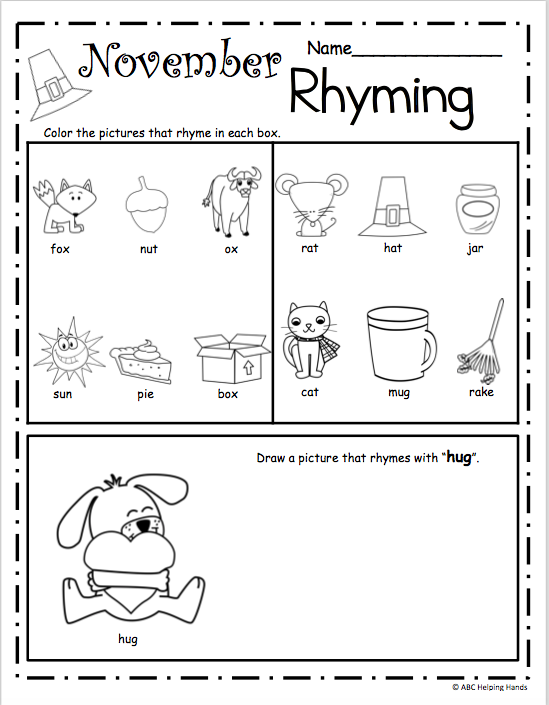
In addition to the verbal rhymes already mentioned, there are also:
Square rhymes (rhyming words have the same endings) Oh those kids Boulevard Depo "Oh those kids" Accent rhymes (rhyming words have consonant syllables) How to combine incompatible things , Uncle Zhenya "Solaris" Internal rhymes (not one word rhymes in a line, but several - in the middle of the line and at the end) I am black as pitch, the nine is black as mass black cumin oil "Office of the President 2" Double and triple rhymes (two or even three words rhyme in each line) In place of scum, all on sheets on shelves OBLADAET feat. Full-line rhymes (almost all words in lines in each line rhyme) Years like an Odyssey through suburbs Oxxxymiron “London against everyone. Part 2" Only nouns rhyme in the track "Illusion of Freedom" by Dendy: The basis of music in rap is the beat - the rhythm of the song. The question “what comes first: bits or text” is like the chicken and egg problem. Someone starts from the fact that rap is primarily music, and writes lines over the finished beat. In this case, the beat can guide the creative thought of the artist and influence the text that has yet to be composed. But if you pay attention to the text first, the track will turn out to be no less solid. For example, rapper Guerilla Black believes that "the purest flow comes when you don't write to the beat - you just hear everything that's going on in your head and take the first solid thought from there." Some artists write beats themselves, others buy ready-made beats or even rent them (in this case, there are restrictions on beat reproduction). Sometimes a successful beat makes a track with the most ordinary lyrics a hit, and its artist a star. The 19-year-old rapper Big Baby Tape has been writing beats for other artists for a long time, but later became an artist himself: his track Gimme the Loot in November 2018 took first place in terms of the number of hits on the international Genius platform, overtaking the hits of Lady Gaga and Ariana Grande. Not the last role in its success was played by the original beat with a sample from the track Gimme the Loot by the American rapper The Notorious B. Hardly anyone will come to an artist's concert without first listening to his tracks. Of course, poor recording quality can ruin a song that is brilliant in all respects. But in order to record something cool, it is not necessary to spend money on an expensive studio - many famous artists at the beginning of their journey made do with home equipment and their own sound engineer skills. It is equally important to rehearse the reading before recording, to think in advance at what moments it will be appropriate to take a breath. Some rappers record only two or three lines and then glue them together to avoid mistakes or add additional vocal effects. Usually performers try to mask cuts, but if the quality of the mix was not perfect, attentive listeners may notice them.
Oversized, mesh
Chain-link, tablets
Ed Hardy cap
Such as humanity and love for humanity ?
Be honest, but avoid mental injury ,
Stay alive and escape from the terrifying eternity ?
The barrel of a black barrel is like the walls of my entrance
Webs, domes, like children in search of batches
You are the same as me - you are dependent, you are behind the weight
You know this, so put in columns
There is a black box, like Pakistan in box  I1 KOSMONAVT
I1 KOSMONAVT
City of London against all part two, man Beats
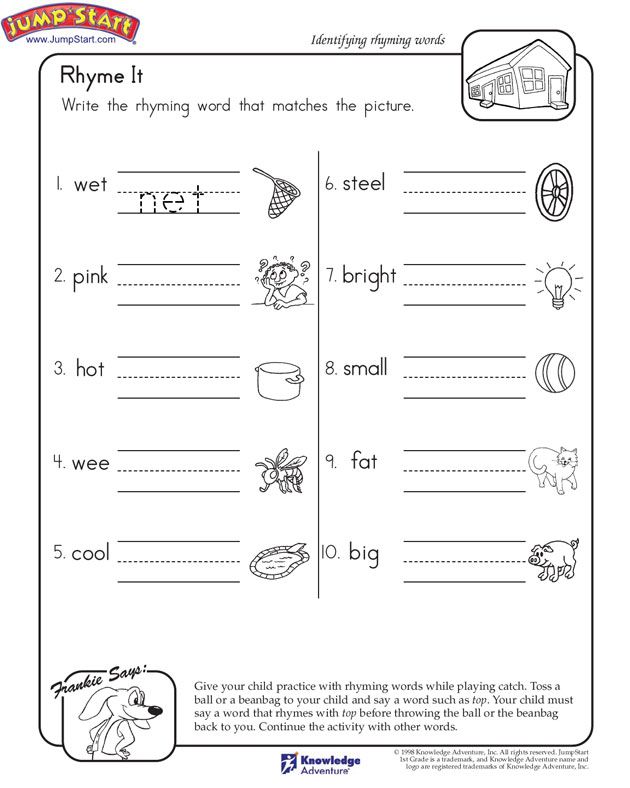 Some performers are sure that the finished beat only distracts and prevents them from concentrating on the lyrics.
Some performers are sure that the finished beat only distracts and prevents them from concentrating on the lyrics.
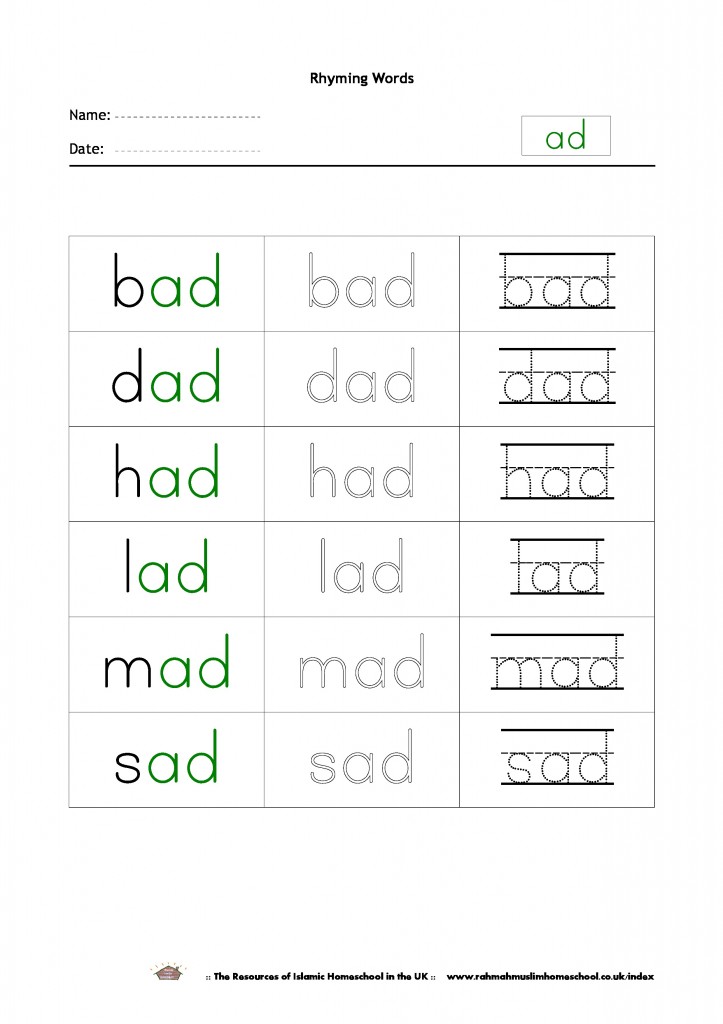 I.G.
I.G. Recording and additional techniques

Learn more


